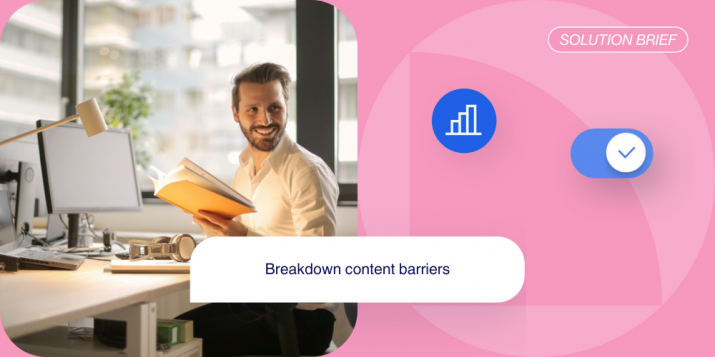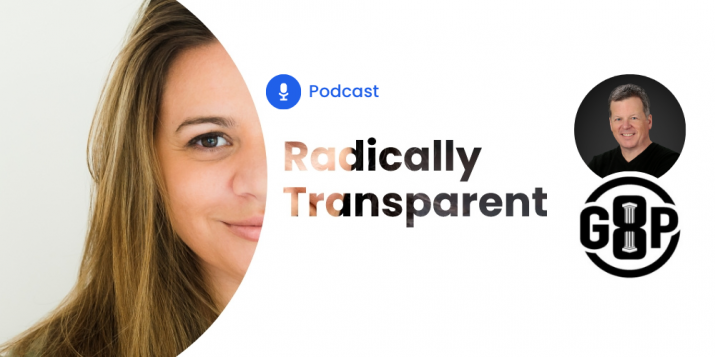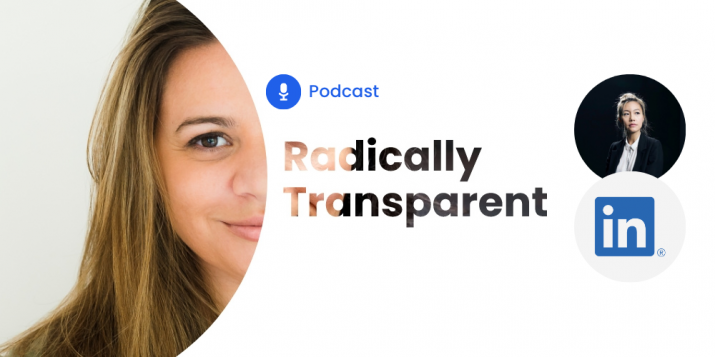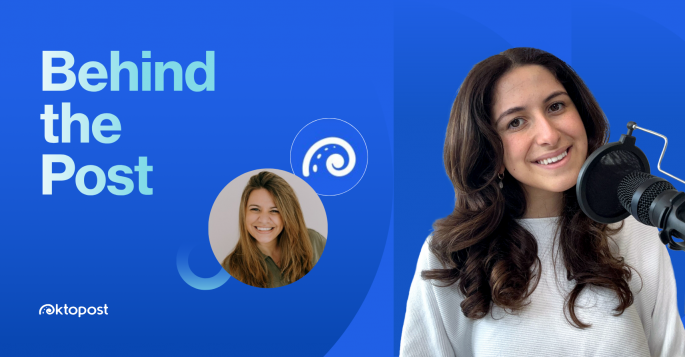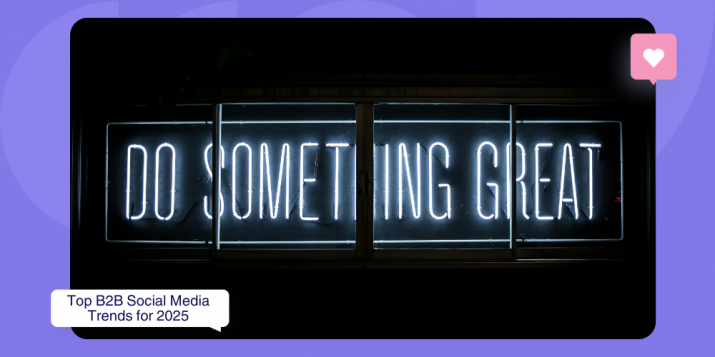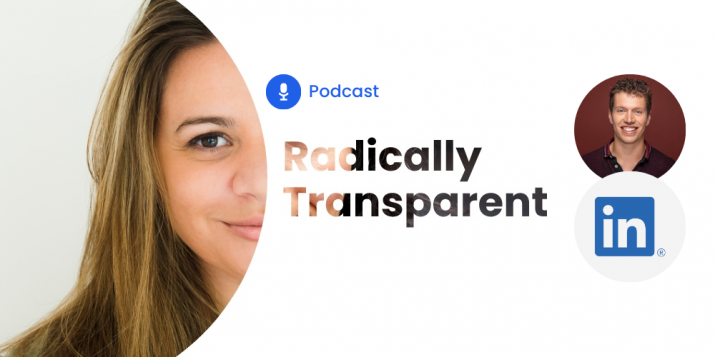
7 Components Every Lead Generation Landing Page Must Have
You’ll find one element in every B2B marketing success story: a high-quality lead is a lead that has true potential to convert. Generating high-quality leads is what all your marketing efforts come down to, and a lead generation landing page is a pivotal moment in the journey down your sales funnel.
How do you evaluate how good your landing page is? Well, one crucial truth is that speed matters! B2B landing pages that load in one second or less have triple the conversion rate of pages that take five seconds to load. It may seem like a small detail, but it impacts whether or not your prospects will even read your landing page, become interested in your product, and have the opportunity to convert effectively.
Optimizing landing pages for the highest possible conversion potential is a priority for any B2B demand generation leader. The loading page speed is just one of the many components you should be mindful of when building your lead-gen landing pages.
What Is a Lead Generation Landing Page?
A lead generation landing page is a web page created for a particular advertising or marketing campaign. When the prospect clicks on a link in a campaign’s ad, email, or social media post, they’re directed to a landing page with a specific call to action rather than your main website.
The most effective way to ensure a successful landing page is to communicate a clear value proposition and provide the visitor with a quick and easy way to take action. Many lead generation pages are not called “Lead Generation Pages” per se; they can be registration pages, subscription pages, requests for demo or pricing pages, and discounts or sales promotion pages.
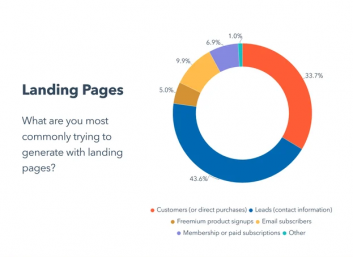
Types of Lead Generation Pages
To get your prospects to leap from visitor to lead, you must encourage them to take action. This action will draw them further into the sales funnel, deepening their connection to your brand and providing information about them that will give you additional opportunities to reach them with relevant messages. Landing pages can be categorized by the type of action they invite visitors to take and the type of information they collect:
- Webinar registration landing pages are vital to your webinar marketing strategy because they encourage visitors to sign up for your online presentations and develop their interest in your brand.
- Free trial/demo landing pages allow visitors to try your solution for free or request guided demos to explore your product’s features.
- Consultation/quote landing pages invite visitors to discuss products and pricing with a sales representative. These landing pages are beneficial if your pricing is bespoke.
- Discount/coupon landing pages offer savings to visitors who purchase or refer your product to other colleagues.
- Newsletter signup landing pages allow visitors to opt in to receive informative content directly in their inboxes.
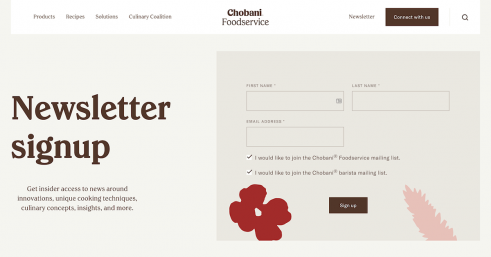
The best landing page serves your marketing objectives and addresses the needs of your target audience. Consider what offerings would be most valued by your ideal customer, and build your landing pages accordingly.
Why Do You Need Landing Pages for Lead Generation?
B2B demand generation builds up to acquiring new leads by creating brand awareness and interest. However, lead generation landing pages gently push prospects to convert to potential leads by filling out a form with some of their details, thus showing their interest in your products or services or even just your content.
Landing pages allow you to stay on the same campaign message when a visitor clicks a link in your marketing content. Instead of taking them to a homepage that provides a broad overview of your solutions, you can connect your visitors with the exact information that motivated them to click in the first place. To your visitor, the landing page content is directly connected to the content they were reacting to in the post or the advertisement.
With landing pages built to order for specific campaigns and their target audiences, you can collate the data you need to follow up with leads and segment them according to the landing pages that generated them. You can also track web traffic data across multiple pages and analyze the effectiveness of various campaigns, granting you insights you can apply to future lead generation efforts.
7 Components Every Lead Generation Landing Page Must Have
1. Clear Value Proposition
The main idea that a lead generation landing page needs to communicate is the one-of-a-kind value that your business can deliver. Start your messaging on the right foot by writing engaging headlines and sub-headers that center on your unique value proposition.
Amazon often entices its B2B customers (Amazon sellers) with clear and comprehensive targeted messaging. For example, “Reach hundreds of millions of Amazon customers worldwide fast” sells both the product and the vision that businesses can grow Amazon sales quickly.
Uber’s “Drive when you want, make what you need” is another excellent example of a headline that gets right to the point and tells the reader what they’re all about. Direct is always better than overly clever or creative—don’t confuse the visitor over what you’re offering or what they’re supposed to do.
While you don’t want to overclutter your landing page, you can include testimonials and other forms of social proof to convey your messages and highlight the features that make your solution better than the competition.
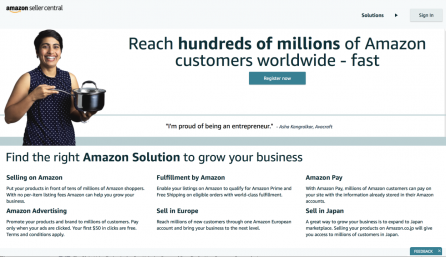
2. Hero Shot
Grab visitors with strong visuals right off the bat by providing a solid hero shot, an image (or video) that conveys the essence of your product, your campaign theme, the offer you’re asking visitors to sign up for, or all of the above. Avoid generic stock images and try to capture the visitor’s imagination with something unique and engaging. Anything that shows your solution in use, providing clear benefits to a person your target audience can relate to, is a good candidate for a hero shot.
3. Lead Capture Form
Whatever the landing page offers, one can’t-miss element is a lead capture form that requests contact information. While it can be tempting to ask for a wide array of information to feed into your CRM for later analysis, you’re better off keeping it to a minimum—perhaps a name, an email address, and possibly a phone number.
If your offer requires additional details, you can ask for them, but generally, the fewer boxes visitors need to fill out, the more likely they are to complete and submit the form. Also, consider using hidden or optional form fields to collect more information, like referral sources, IP addresses, and cookie data, without causing friction.

4. A Persuasive and Prominent Call to action (CTA)
Your call to action is the most essential part of the landing page because the decision to take this action turns visitors into leads. Your CTA should have a prominent button with font and color elements that pop, asking the visitor to take the next step: “Download,” “Sign Me Up,” “Join Today,” or whatever makes sense for your offer. Unique CTA phrasings that relate to your solution can be compelling, as long as they’re easy to understand, like “Start Saving Money” or “Supercharge My SEO.”
5. Benefit-Oriented Content
The content you include on your landing page should emphasize the benefits you’re providing to leads and customers. Whether you use an external content creation studio or have in-house copywriters, it’s important to brief them on the tone of voice and type of content you want to make sure your landing page copy is concise, clear, and compelling.
Regarding the content you can put behind a lead capture form, whitepapers, ebooks, webinars, free trials, and consultations are great examples of content you can use. However, essential information about your products, like fact sheets, should be freely available on your main website. By giving away something of value just for filling out a short form, you can give prospects a taste of the benefits they’ll enjoy when they become customers.
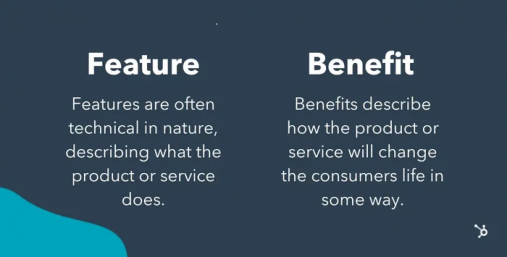
6. Limited Navigation
Your website might contain valuable features and informative content to persuade prospects to give you their business. However, when they’re on a landing page, you want them to stay within the velvet ropes that direct them to your lead capture form. You should build your landing page around one specific call to action, as you don’t want visitors to click away from it and forget what they came for. Keep landing pages free of the navigation menus and links you usually include.
7. Optimum Loading Speed and Performance
Finally, as noted earlier, pages that load fast are much more likely to convert. Streamline your landing page to load as quickly and smoothly as possible, and ensure it’s optimized for mobile browsers. Test it on multiple devices to ensure it loads promptly on all of them. Fast loading times will also make your landing pages more shareable, which you can encourage by including the appropriate widgets.
How to Leverage Your Landing Page for Maximum Conversions
You can leverage tools like Elementor, Wiz, and Unbounce to produce high-quality stand-alone landing pages easily.
These tools offer user-friendly interfaces and a panoply of features, so you don’t need as much design expertise to create visually appealing and targeted landing pages. Marketers fortunate to have an expert web design team can benefit from these quick-to-create tools as well.
Once your landing pages are in top shape, you’ll want to get more visitors to see them. Email marketing is still cost-effective and delivers results, but you can try a few newer strategies. For example, with tools like Oktopost, you can create employee advocacy programs on social media and ask your employees to share the landing page with their networks. Employee advocacy gives the real people who know your company best (your employees) a chance to be brand ambassadors and share expert information and positive stories.
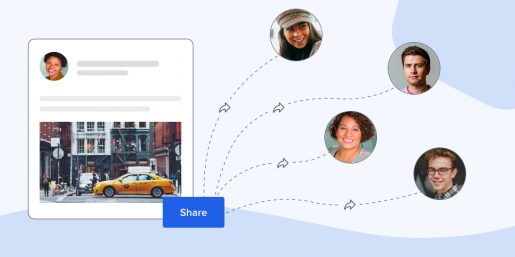
You can also leverage organic engagement in relevant online forums to increase visibility while building trust and authority. Ensure you don’t go into these forums with a pure sales-focused message, as some forums have strict restrictions on what you can and can’t share. Lastly, if you haven’t used it yet, paid advertising on Google and social media can put your message front and center to essential customer segments and search keywords.
Landing More Leads With Your Landing Pages
Landing pages are one of the most effective tools for lead generation, so optimizing them for higher conversions and ensuring that you promote them across channels is worth optimizing. Leveraging social media is an effective way to maximize your lead-gen efforts.
Adding links to landing pages in your social media posts lets you check conversions for downloading content, demo requests, or webinar registrations. This data is invaluable in seeing what is and isn’t working and adapting your content to resonate better with your target audience.
You can also leverage social media to do A/B testing. For instance, you can test two posts about an upcoming webinar—one that leads to an integrated webinar registration page and the other to a landing page you created—to see which version works better for your audience.
Aside from automating your content schedule, tools like Oktopost can help you track your landing pages’ KPIs and perform A/B testing so you have all the data you need to optimize your lead gen efforts. Try out a free demo of Oktopost today to see how it can increase social media traffic to your landing pages and boost your conversion rates.
